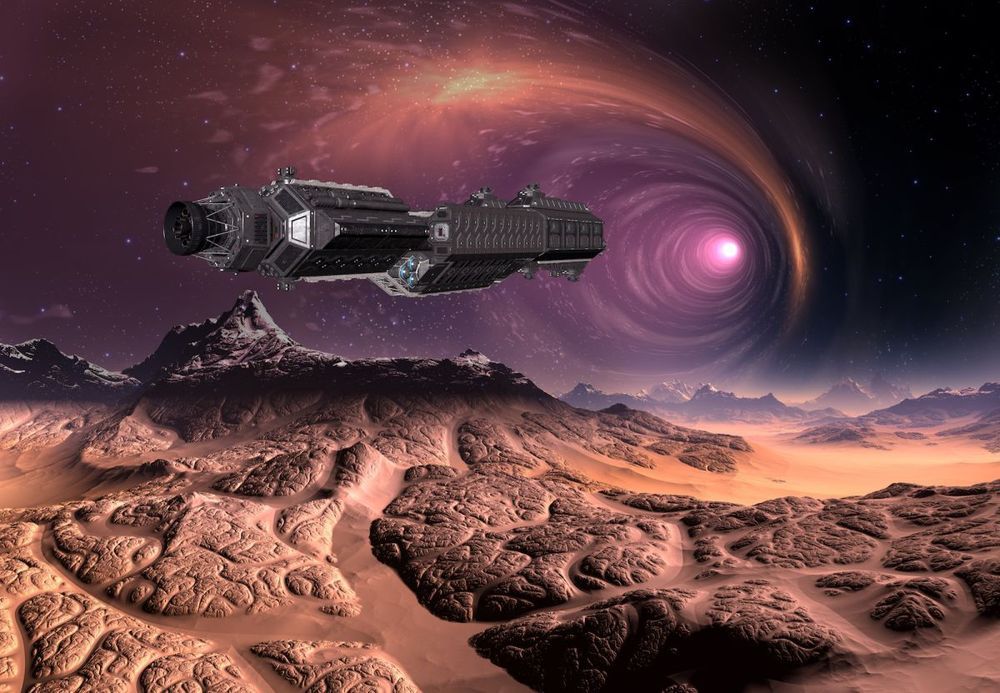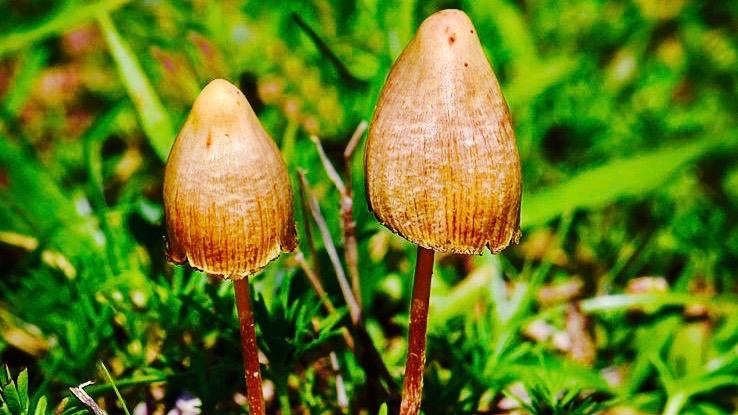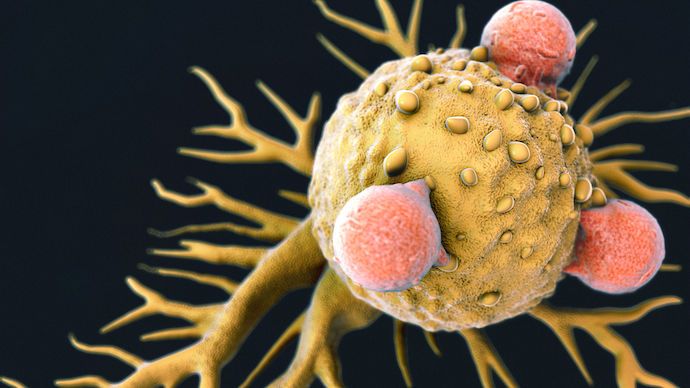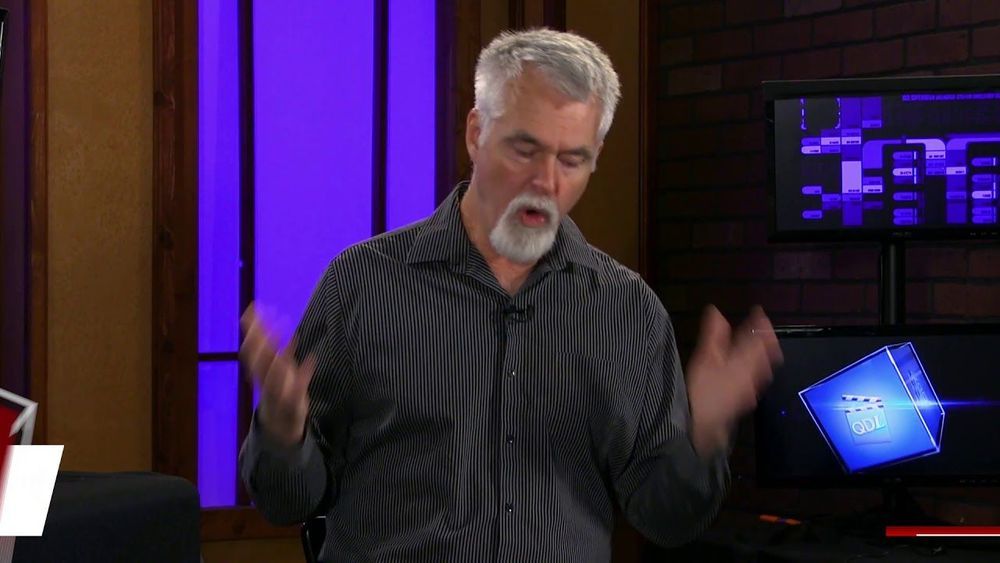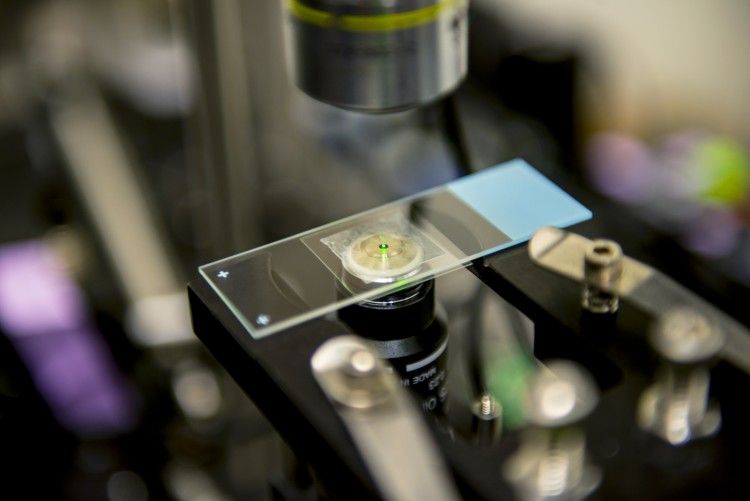
Godzilla is back in cinemas, and he’s big. Since his first awakening the radioactive, fire-spewing kaiju has grown 60 metres and put on more than 150 000 tons. Godzilla is now 30 storeys tall and weighs as much as a cruise ship. s biology. If Godzilla were real, he would be an incredible specimen.
Weight problems Godzilla would weigh 146 000 tons, according to our keen analysis of the 2014 Godzilla toy and a formula developed by palaeontologists to work out the mass of bipedal dinosaurs.
0,00016 x (circumference of femur in millimetres) 2,73 = mass in kilograms 0,00016 x (Godzilla’s femur: 24 200 mm) 2,73 = 148 571 645 kilograms, or nearly 150 000 tons.
